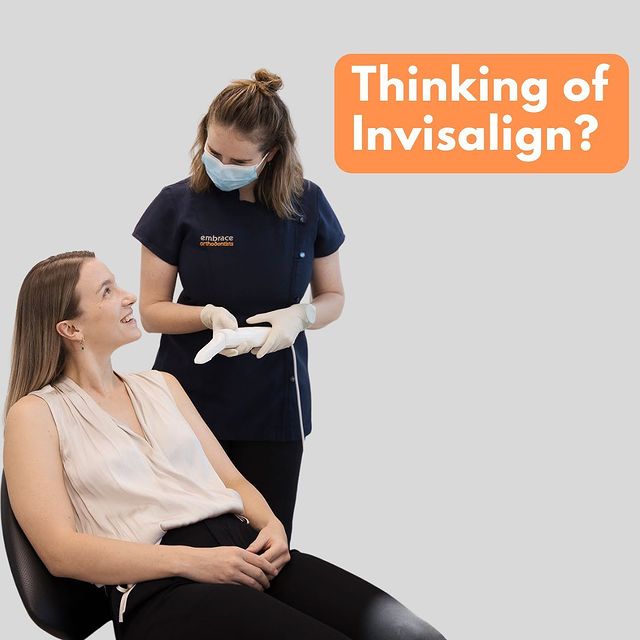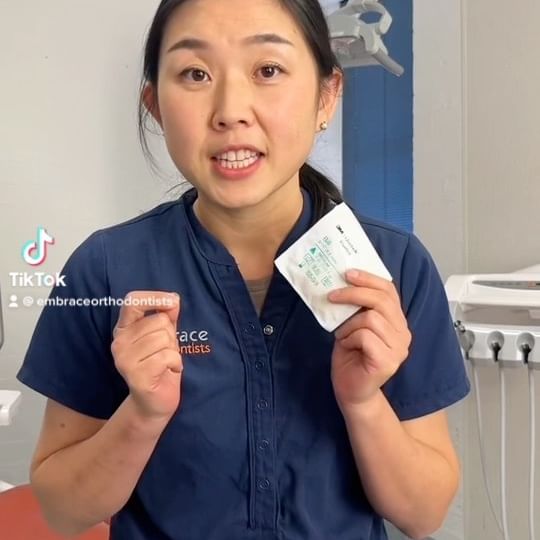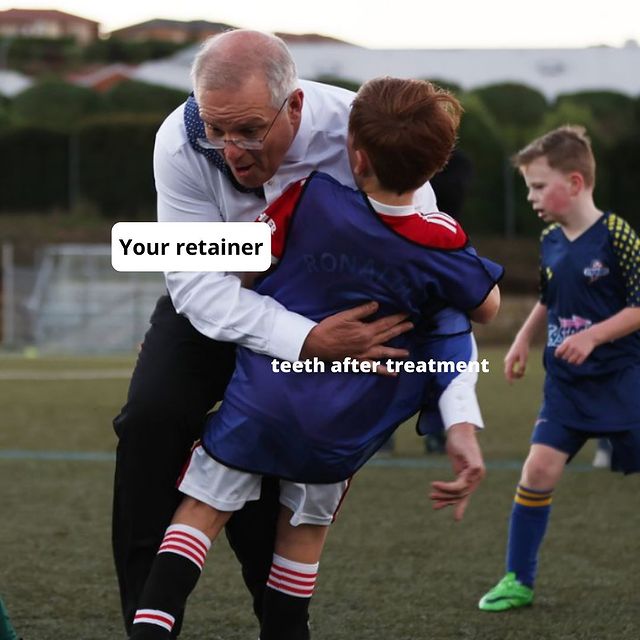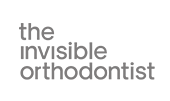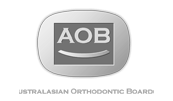Sep 22, 2025
Are Braces Covered by Medicare or Health Funds? Your Guide to Orthodontic Rebates in Australia

If you are weighing up braces or Invisalign® for yourself or your child, the cost can feel daunting. The good news - there are government programs and private health options that may help. The tricky part - every fund and program has different rules, waiting periods, and limits.
This guide explains what Medicare covers, when Centrelink may help, how private health funds handle orthodontics, and practical steps to make treatment affordable. You will also find clear answers to the most common questions families ask in our Canberra practices.
Quick Answer: Medicare and Braces
In most cases, Medicare does not cover braces or Invisalign®. Medicare generally pays benefits for medically necessary dental care in a hospital setting, not for routine or elective orthodontics.
There are limited exceptions. If a severe jaw issue requires surgery in a hospital, some related costs may be partially covered by Medicare. The orthodontic components, like braces or aligners, are usually considered private costs.
If you are unsure, ask your Specialist Orthodontist for a written treatment plan with item numbers. You can then check entitlements with Medicare directly.
Is Orthodontics Covered by Medicare?
Orthodontics sits outside standard Medicare coverage. For children, there is the Child Dental Benefits Schedule, but this program typically covers basic dental like check-ups, fillings, and extractions. It does not fund comprehensive orthodontic treatment.
Public dental services sometimes support limited orthodontic care for complex medical or developmental cases. Eligibility is strict and waiting lists can be long. Ask your local public dental clinic about criteria if you believe your child has a significant functional problem.
Can Centrelink Pay for Braces?
Centrelink does not pay for braces outright. However, if you receive eligible Centrelink payments, you may qualify for:
- Public dental services with reduced fees for medically necessary treatment.
- State or territory oral health schemes that sometimes subsidise parts of treatment in complex cases.
- No-interest payment options through the clinic, which can make a private plan manageable on your budget.
Each state and territory runs its own programs with changing criteria. Keep any concession or healthcare cards handy and bring them to your consultation so your orthodontic team can guide you on local options.
How Health Funds Handle Orthodontics
Many extras policies include orthodontics with annual or lifetime limits. Coverage varies significantly by fund and level of cover. Common rules include:
- Waiting periods, often 12 months for orthodontics, sometimes longer.
- Sub-limits for different stages of treatment.
- Lifetime limits that apply per person and do not reset.
- Specific item numbers required to claim.
Most funds contribute to both braces and Invisalign® if your extras policy includes orthodontics. For example, some Bupa policies pay benefits for aligners when item numbers and clinical criteria are met. Always check your exact policy. Ask the fund whether your cover includes orthodontics, the remaining lifetime limit, and whether aligners are eligible.
At Embrace Orthodontists, we provide a detailed plan with item numbers so you can confirm your entitlements before you decide.
Does Bupa Cover Invisalign® ?
Bupa extras policies that include orthodontics usually pay a benefit toward Invisalign® treatment, subject to waiting periods and limits. Not all Bupa products are the same. Call Bupa or check your online portal with your treatment plan handy. Ask specifically about orthodontic benefits for clear aligners, your remaining lifetime limit, and any staged claiming requirements.
How to Afford Braces or Aligners
If you are concerned about cost, you have options. Consider these practical steps:
- Check your extras cover, including waiting periods and lifetime limits.
- Ask your orthodontist for a phased treatment plan to align with benefit resets.
- Use interest-free payment plans to spread costs over 12 to 36 months.
- Look for family discounts if more than one child needs treatment.
- Keep receipts for the Medicare Safety Net where relevant for hospital-related services linked to jaw surgery. Routine orthodontics will not count, but associated medical services might.
- Consider early assessment at age 7 to identify simple interceptive care that can reduce complexity later.
Our Treatment Coordinators can map out timelines, expected claims, and payment options so you can move forward with confidence.
Can You Get Free Braces in Australia?
Truly free braces are rare. Public dental systems may assist children with severe functional needs, but access is limited and criteria are strict. For most families, a mix of private health benefits and flexible payment plans is the practical pathway.
Some charities or exceptional circumstances programs occasionally help. These are case by case and depend on availability and clinical need. If you think your child may qualify for public support, start with your local public dental clinic for an assessment.
What If You Cannot Afford Braces?
Start with a specialist assessment to understand urgency and options. In many cases, timing can be adjusted without compromising results. Strategies that help:
- Choose the simplest appliance that meets your goals, for example metal braces, which are often the most cost-effective.
- Use staged treatment where clinically suitable, to split costs over time.
- Maximise fund benefits by starting after your waiting period ends.
- Explore flexible finance. Our 0% interest plans can reduce upfront pressure.
If you live locally, a visit with an experienced orthodontist in Canberra can clarify costs, clinical priorities, and your best next step.
Realistic Timelines and Claims
Orthodontic treatment usually spans 12 to 24 months. If your extras policy resets annually, your Treatment Coordinator can help structure claims over more than one calendar year where appropriate. Keep in mind lifetime limits - once reached, they do not reset.
Always confirm in writing with your fund. Policies change and call centre advice can vary. A written pre-assessment with item numbers is your best evidence.
Invisalign® vs Braces and Rebates
From a fund perspective, the key is whether your extras policy includes orthodontics, not the appliance type. Aligners and braces typically use different item numbers, but both can be eligible under orthodontic benefits. Comfort, appearance, and lifestyle often guide your choice.
If you are considering aligners, you can book a free Invisalign® assessment to understand suitability, costs, and any fund rebates you may be able to claim.
Your Next Step
If you have questions about Medicare, Centrelink, or health fund entitlements, bring your card details to your consultation. We will supply item numbers and a written plan so you can confirm benefits before you commit.
If you are in the ACT, our team of Specialist Orthodontists is here to help with clear advice and flexible options that fit family life. You can also explore treatment options such as braces and Invisalign® with a local specialist you trust.
For adults weighing aligners, consider our free Invisalign® consultation to check suitability and costs.
Summary and Support
- Medicare rarely covers orthodontics.
- Centrelink does not pay for braces, but concession status may help with public dental access.
- Private health funds can contribute if your extras policy includes orthodontics, with waiting periods and limits.
- Payment plans, phased treatment, and early assessment can make care affordable.
- You do not have to navigate this alone. Book a consultation with a Specialist Canberra Orthodontist for personalised advice and a clear cost plan.


